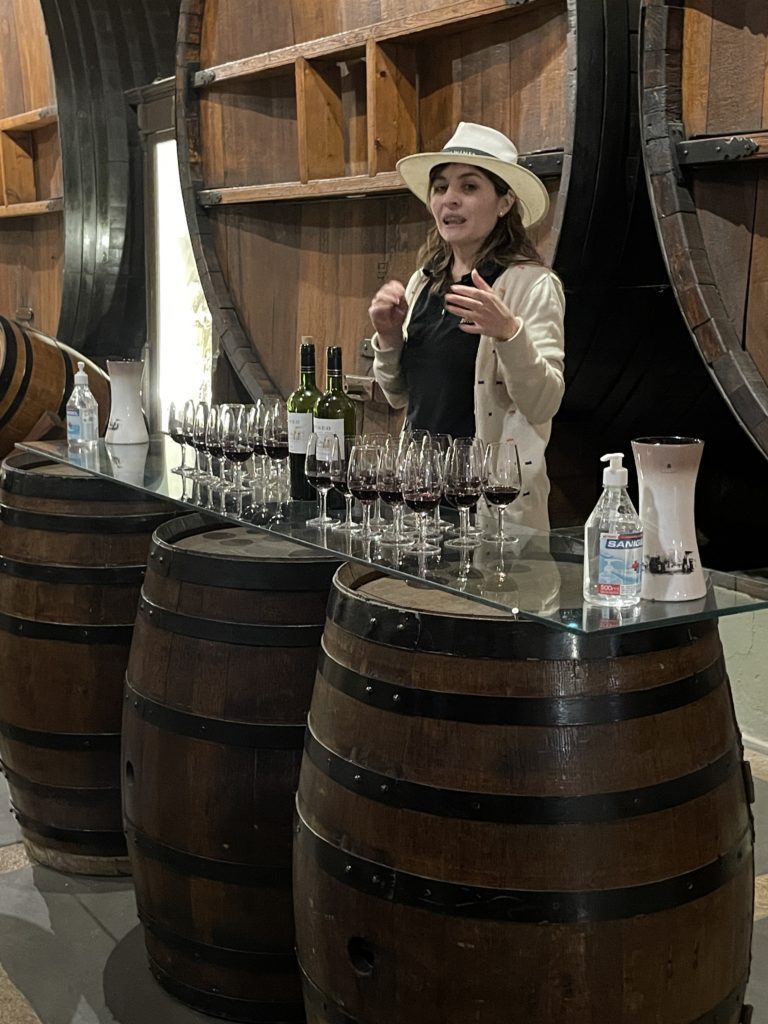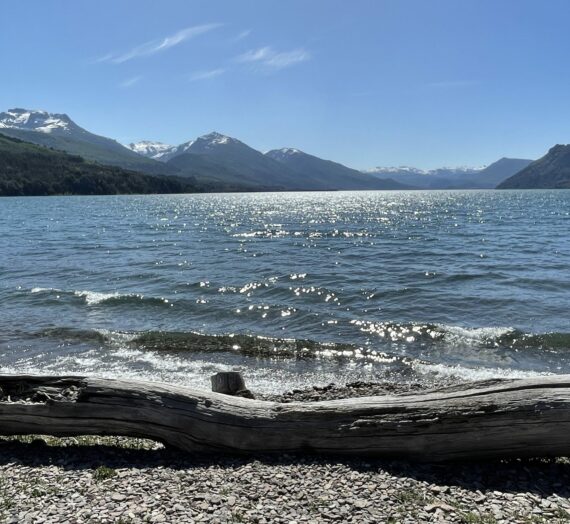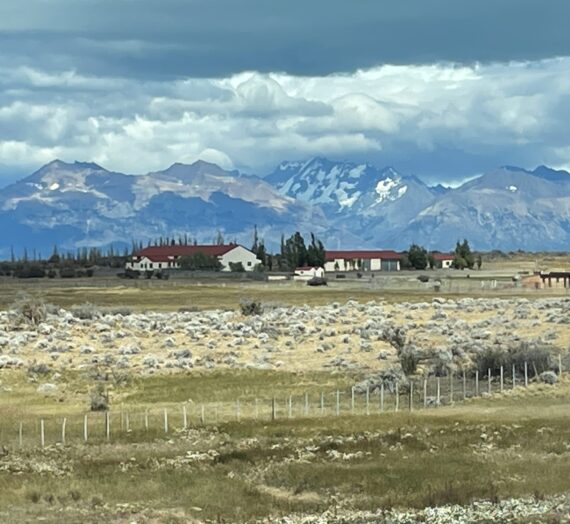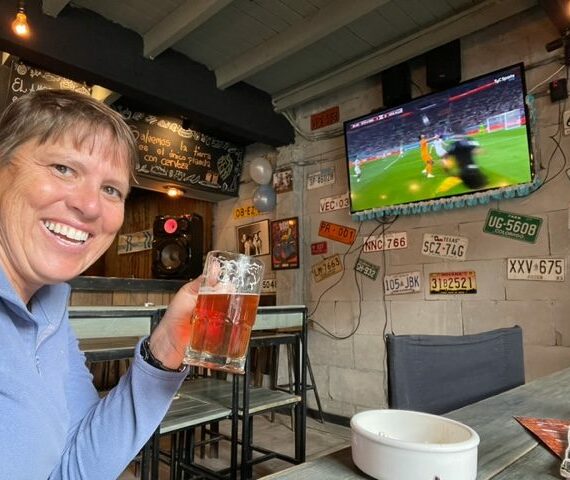After two weeks of basking in the European feel of Buenos Aires, I was ready to head out into greater Argentina and experience all it had to offer. But this country is really big. I spent days on buses just trying to get to the next city!
So how big is it? With over a million square miles, Argentina is considered the 8th largest country in the world. Forty-six million people call Argentina home, and over 13 million of those people live in its capitol city of Buenos Aires. In total, about 92% of the population live in urban centers, which leaves vast amounts of land open for cows and horses to roam.

Along the journey, I did some research to better understand this country. Here’s some stats to help you learn about Argentina, too.
Argentinian People and their Quality of Life:
The majority of Argentinians have family roots in Europe. This is due to Spanish colonization during the 16th century and waves of immigrants pouring in from Spain and Italy during the following two centuries. Because of this, Argentinians are predominantly Catholic, but there are large Jewish and Muslim communities as well. The World Bank ranks Argentina as #46 in the world for their quality of life. Argentina is considered a very safe country, has free public health care, free public universities, and reasonably priced housing. Plus, the people are friendly, and it’s so beautiful, too!
Argentina’s Government:
Argentina has a Presidential Representative Democratic Republic (in many ways similar to the US) and currently 44% of their congressional representatives are women.
What is Argentina Famous for?
Wine, meat (and other tasty foods), leather, Tango music and dancing, and of course soccer or fútbol.
Argentina’s Natural Resources:
Argentina has huge amounts of shale oil and shale gas reserves (which is also their main source of energy). Additionally, it has an abundance of iron, lithium, gold, copper and silver.
Chief Exports:
Soybeans, soybean oil and soybean meal, bran, and peanuts
Their Economy:
Argentina has the second largest economy in Latin America and is known for producing soybeans, corn, wheat, meat, wool and wine (more on that later). Its main industries are in food processing, automobile production, textiles, energy production and mining.
However, if you keep up with world news, you may know that Argentina is currently experiencing a very depressed economy. I will not begin to profess my knowledge of their economic situation, but I will attempt to retell what was explained to me.
Over the years, the value of the Argentinian Peso has fluctuated greatly and many of its citizens remember losing all their savings in past recessions. So now, citizens put their trust in the US Dollar for its stability. They obtain these dollars through various mechanisms (trade, business, travel, etc.) and keep their wads of dollars in safe deposit boxes or other safe locations. In order to buy things that cost thousands of dollars like a house or a car, Argentinians exclusively use US Dollars. But to pay for less expensive items, Argentinians use their Argentinian Pesos. When a person needs to liquify their Dollars into Pesos, they go to an exchange “cave”. But because this has become so common, and is considered a legal secondary economic system, a thriving market has evolved for these exchanges. Walking down any city street, I hear people calling out “Cambio, Cambio”. This means that the person has Argentinian Pesos and will take you to his “cave” to exchange them at a certain “blue rate” for US Dollars. The “Blue Dollar Exchange Rate” is published daily, alongside the official exchange rate set by the Central Bank and so it all seems to be fair and transparent. But of course, the Blue Rate is always the better deal.
I didn’t know anything about this double economy before I arrived and I didn’t come prepared with a wad of US Dollars. So, I had to quickly figure out how to wire money to myself through Western Union in order to take advantage of this better exchange opportunity. The wad of Argentina Pesos that I received for my few hundred US Dollars was over six inches high. It’s been a lot to carry around!
Tourism in Argentina:
Argentina is considered an extremely safe country to visit and tourists from around the world come here especially to enjoy the cosmopolitan city of Buenos Aires, the famous Iguazu Waterfalls on the Brazilian border, the wine region of Mendoza, and the lakes region of Bariloche for summer and winter adventure sports. But for backpackers and mountain trekkers like me, the big draw is Patagonia, the remote and rugged region encompassing both Argentina and Chile below the 37th degree south latitude. Patagonia is not a country, it’s a region aptly nicknamed “The End of the Earth”.






That’s where I come in. I have wanted to see this country and all of its wildness since I was a little girl. Now, at 53, I’m ready to experience all it has to offer.
My first taste of this country was the jaw-dropping distances between locations. I’m committed to taking a bus whenever I can because I want to see the countryside. So on the first day out of Buenos Aires, I spent 9 hours on the bus and then the next day, another 12. This was just to travel east to west across the central part of the country, where some of the highways aren’t even paved. After a day of rest, I took two more buses for another 20 hours to start my journey south. Fortunately, buses in this country are incredibly clean and comfortable with premium seats that almost convert into beds. Most seats also have phone chargers, and there is a bathroom available. Unfortunately, wi-fi is not included and food vendors do not sell their items on buses, so I had to learn to stock up ahead of time for all my meals.










Finally, after all those hours of watching the very, very flat fields of sage and soybeans pass by, I started to see the vineyards and olive oil trees of wine country. Then, further beyond, the snow-covered Andes mountains with Volcano Aconcagua – the tallest mountain in the Western Hemisphere – looming above them all. I had reached the beloved city of Mendoza.












Mendoza is a lovely city to wander, but really everyone only has one thing on their mind: wine. It is here that Argentina produces its famous Malbecs, Merlots, Syrahs and Cabs. I had given myself one day to imbibe and I decided emphatically that I didn’t want to spend the day in a bus taking a tour of different vineyards. So, I opted to rent a bike, get a map and find my way around myself.














Some vineyards had fancy presentations where I learned about the historical process of picking grapes in woven baskets and how they used to press wine in barrels or leather pouches. I especially liked the wine vending machine! But after the second winery, I stopped listening so intently. Every winery offered three huge pours for about $3.00 total. And ofcourse, as the day went along, I found more friends to enjoy it all with. By the end, a party ensued back at the bicycle shop where I toasted our day with two women from France, a guy from Ireland, another from New York City and a dude from Argentina we picked up along the way. Mendoza was memorable!




Dawn Fulps
Thank you Becky for sharing your adventures! Be safe & we look forward to your next blog.
Scott
Soybeans, corn and wheat? In some areas you might think you’d been tornado’d back to the midwest.
Liz Etchepare
Wow Amiga! Fantastico! I can almost feel the sun and taste the wine ♥️ Thank you for theses gorgeous shares. Sending love and good wishes for your incredible journey 🍀🌎
Gayle
Keep the geography lessons coming! Great facts and information on Argentina. Gorgeous country! Thanks so much! Safe travels!
Sue
Sounds like quite an adventure! So happy you are living your dream.